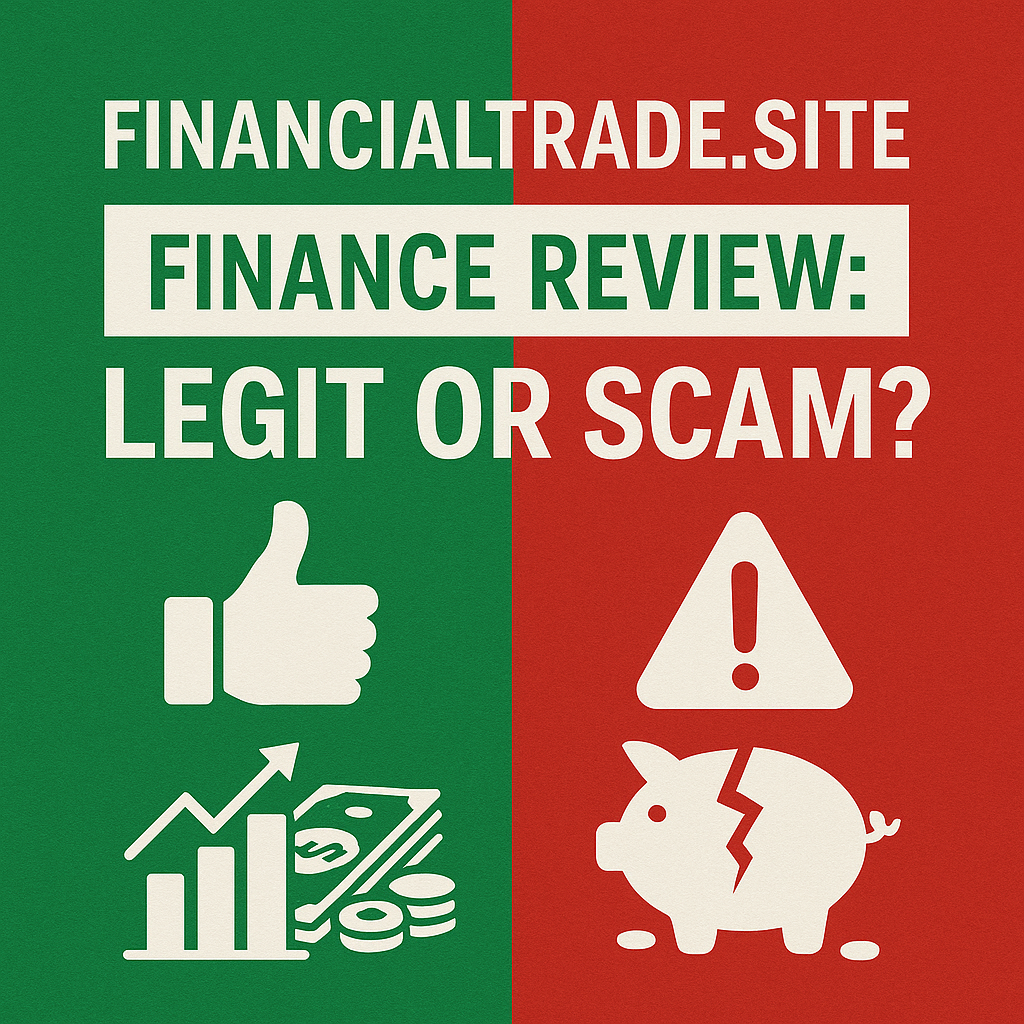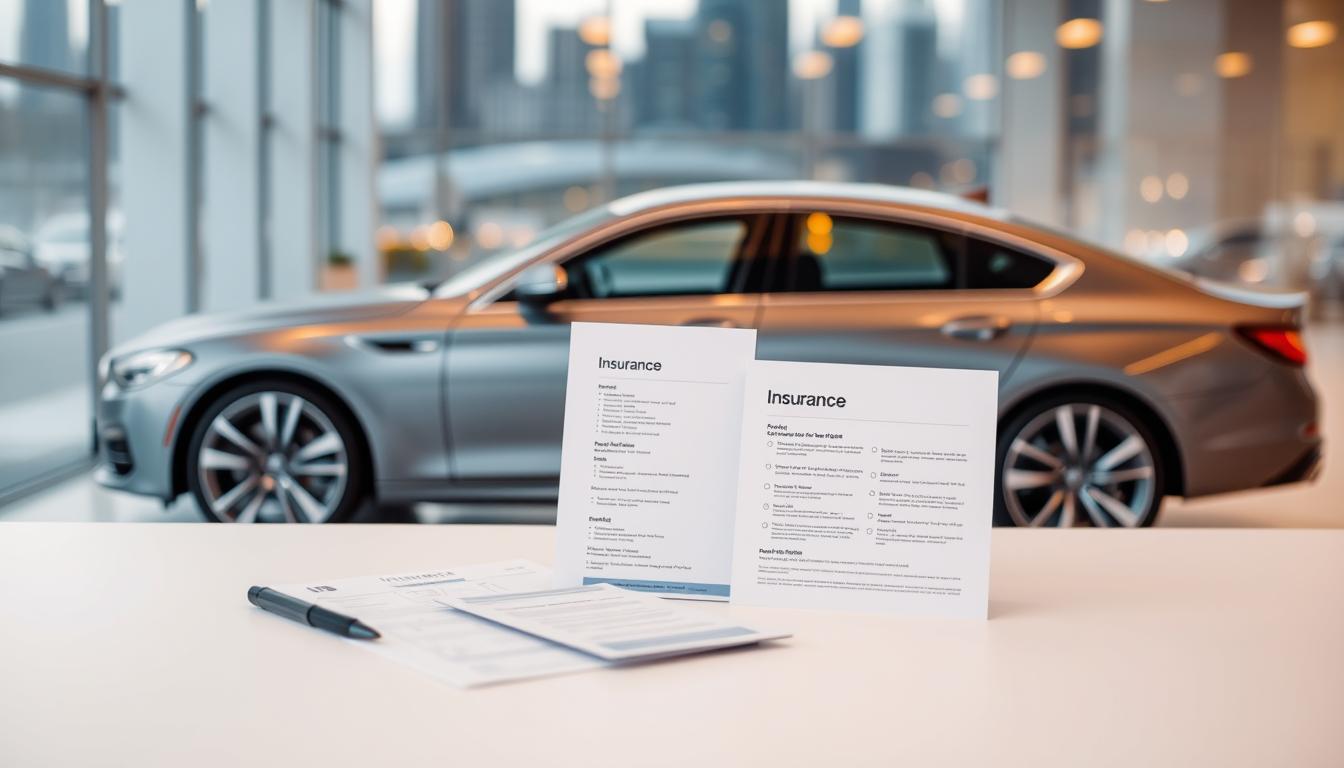Did you know over 86% of new car purchases in the U.S. involve financing? This shows most drivers have cars with loans. If you’re thinking of upgrading and having a financed car, you might wonder if you can trade it in. The answer is yes, but it’s a bit more complicated than usual.
In this article, we’ll dive into the details of trading in a financed car. We’ll give you the info you need to make this process smooth.
Key Takeaways
- You can trade in a financed car, but the process is more complex than a traditional trade-in.
- Understanding the equity in your vehicle and factors that impact trade-in value is crucial.
- Navigating negative equity and upside-down loans requires careful planning and negotiation.
- Exploring financing options, such as transferring your existing loan or securing a new one, can help facilitate the trade-in process.
- Protecting yourself during the trade-in process by reviewing paperwork and contracts is essential.
Understanding the Basics Trade In a Financed Car
Trading in a car with a loan is different. Since the lender owns part of the car, you can’t just trade it in. You must transfer the car and the loan to the new owner. Let’s look at what you need to know before you start.
What Does it Mean to Trade In a Financed Car?
Trading in a financed car means selling it while still owing money. The new owner takes over the loan. This makes the process more complicated than trading in a car you own outright.
You’ll need to think about your loan balance, the car’s value, and how it might affect your credit score.
Key Factors to Consider Before Trading In
- Your current loan balance: Know how much you still owe. This affects the trade-in process.
- The vehicle’s trade-in value: Find out what your car is worth. This tells you what the dealer or buyer might offer.
- Your credit score: Trading in a car with an outstanding loan can hurt your credit score. Understand the risks.
- Potential negative equity: If you owe more than the car’s worth, you might have negative equity. This can make trading in harder.
Knowing these factors helps you trade in your car wisely. It ensures you get a good deal for your vehicle.
Calculating the Equity in Your Financed Vehicle
When you think about trading in your car while still paying for it, first figure out the equity. Equity is the difference between what your car is worth and what you still owe. Knowing this helps you see how much cash you might get from the trade-in.
To find out the equity in your financed car, just follow these steps:
- Find out what your car is worth for trading in. Use online tools, talk to dealerships, or get a professional appraisal.
- Look at how much you still owe on your car loan. Check your latest loan statement or call your lender.
- Take the trade-in value and subtract the loan balance. This is your equity.
Let’s say your car is worth $20,000 for trading in, and you owe $15,000. Your equity is $5,000. This means you could get $5,000 in cash from the trade-in if the dealer agrees.
But remember, the actual trade-in value might be different. Dealers might offer less than what you think your car is worth. Things like your car’s condition, how many miles it has, and what’s popular in the market also play a part.
| Scenario | Trade-In Value | Remaining Loan Balance | Equity |
|---|---|---|---|
| Example 1 | $20,000 | $15,000 | $5,000 |
| Example 2 | $18,000 | $20,000 | -$2,000 |
Knowing your car’s equity helps you decide if trading it in is right for you.
The Trade-In Process for a Financed Car
Trading in a financed car might seem scary at first. But, with the right steps and negotiation skills, you can make it smooth. You might even get a great deal for your financed car trade-in.
Preparing for the Trade-In
Before you go to the dealership, collect all important papers for your financed automobile trade-in. You’ll need your car’s title, registration, and loan details. Knowing these will help you negotiate better.
Negotiating the Trade-In Value
When it’s time to talk about the trade-in value for financed cars, be ready to fight for the best price. Think about your car’s condition, how many miles it has, and what people are paying for similar cars. Use this info to negotiate well with the dealer. Your goal is to get the most value for your selling a financed vehicle and avoid any bad debt.
By following these tips and staying informed, you can confidently trade in your financed car. You might even get a better deal than you expected.
Navigating Negative Equity and Upside-Down Loans
Trading in a financed car can be tricky if you have negative equity. This means you owe more on your loan than your car is worth. It might happen if your car loses value fast, you have high interest rates, or you didn’t put down much money.
Understanding Negative Equity
Negative equity can make trading in a financed car hard. If you’re in this spot, knowing your options is key. Here are a few important things to think about:
- Find out how much negative equity you have by comparing your loan balance to your car’s trade-in value.
- Look for ways to lessen the negative equity, like paying more or talking to your lender for a better deal.
- Think about paying off the negative equity before trading in your car. You could use your savings or get a new loan with a better rate.
- Remember, the negative equity might be added to your new loan. This could change your financing terms and monthly payments.
Understanding negative equity and looking for solutions can help you trade in your financed car wisely.
“Negative equity can be a significant obstacle when trying to trade in a financed car, but with the right strategy and understanding, you can overcome this challenge.”
Can You Trade in a Financed Car
Yes, trading in a financed car is possible. You can transfer the car’s ownership and the loan balance to a dealership or private buyer. This process is common and can help you get a newer or better car.
When trading in a financed car, the new owner pays off your loan. They then own the vehicle. This lets you use the trade-in value for your next financed automobile. It’s crucial to know the trade-in value for financed cars and follow the steps carefully for a smooth deal.
Here are a few important things to keep in mind when trading a financed vehicle:
- Check your current loan balance and the vehicle’s trade-in value to determine if you have any equity or negative equity in the car.
- Provide the dealership with your loan details and paperwork so they can work with your lender to transfer the ownership.
- Be prepared to negotiate the trade-in value to get the best possible deal for your financed automobile.
- Understand the options for upgrading your financed ride, such as swapping the financed auto or transferring the vehicle loan.
Remember, trading in a financed car can be a great way to get into a newer vehicle. But, it’s key to research and understand the process for a successful transaction.
Financing Options for Your Next Vehicle
After trading in your financed car, you’ll need to think about financing your next vehicle. You might move your current loan to a new car or get a new one. Let’s look at the good and bad of each choice to help you decide what’s best for your money.
Transferring Your Existing Loan
Transferring your loan to the new car is easy. It keeps your loan terms, interest rate, and payment the same. This can feel stable and familiar. But, make sure your lender lets you transfer loans and that the new car’s value matches your loan balance.
Securing a New Loan
Or, you might get a new loan for your car upgrade. This could give you a lower interest rate or better terms because of your current financial situation. It’s important to shop around and compare offers to find the best one for you.
| Transferring Existing Loan | Securing a New Loan |
|---|---|
| Maintains familiar loan terms | Opportunity for better interest rate |
| Convenient process | Flexibility to customize loans to your needs |
| Dependent on the lender’s transfer policies | Requires research and comparison of offers |
When looking at financing for your car upgrade, weigh your options carefully. Choose what fits your financial goals and budget. Knowing the financing and trade-in process helps you make a smart choice for your financed automobile trade-in.
“The key to a successful vehicle loan transfer or securing a new loan is to explore all options and find the financing solution that aligns with your long-term financial objectives.”
Maximizing Your Trade-In Value
Getting the best value for your financed car is key when trading it in. To get the highest value, there are a few steps you can take. We’ll look at how to get your car ready, negotiate with dealers, and understand the market to get the most from your trade-in.
Preparing Your Vehicle for Trade-In
To get the best trade-in value for financed cars, your car needs to look its best. Here’s what to do:
- Thorough cleaning, both inside and out, to make a great first impression
- Fixing any minor cosmetic issues, such as dents or scratches, to improve the vehicle’s appearance
- Maintaining a comprehensive service history, demonstrating proper maintenance
- Gathering all necessary documentation, including the vehicle’s title and maintenance records
By doing these things, you’ll show your financed car trade-in in the best light. This can make it seem more valuable to the dealer.
Negotiating the Trade-In Value
When you’re negotiating, knowing the market and your car’s value is crucial. Use online tools like Kelley Blue Book or Edmunds to estimate your car’s worth. This knowledge will help you negotiate a fair price.
Also, be ready to show the dealer your car’s condition and maintenance records. This can strengthen your negotiation and help you get a better trade-in value for your financed vehicle.
“By taking the time to prepare your vehicle and negotiate the trade-in value, you can maximize the amount you receive when selling a financed vehicle.”
Getting the highest trade-in value requires a proactive approach. Research the market and be ready to argue for a fair price. You can have a successful and rewarding trade-in experience with the right strategy.
Protecting Yourself During the Trade-In Process
When selling a financed vehicle, it’s crucial to protect yourself throughout the trade-in process. One key step is carefully reviewing all paperwork and contracts. This ensures you fully understand the terms and conditions of the transaction.
Reviewing Paperwork and Contracts
Before signing any documents, take the time to review them thoroughly. Pay close attention to the following details:
- The trade-in value offered for your financed car
- The remaining balance on your financed automobile trade-in
- Any fees or charges associated with the financing and trade-in process
- The terms of the new loan, if you’re purchasing a different vehicle
It’s also a good idea to compare the trade-in value with current market prices for similar models. This ensures you’re getting a fair deal. Don’t hesitate to negotiate if the offer seems too low.
“Protecting your interests is crucial when selling a financed vehicle. Take the time to review all paperwork carefully to avoid any surprises down the road.”
Remember, this transaction will have a significant impact on your finances. It’s essential to make an informed decision. By carefully reviewing the details, you can ensure that you’re getting the best possible outcome for your financed car trade-in.
Conclusion
Trading in a financed car is a good option for many. It helps you upgrade or manage your loan. Knowing the process well lets you make smart choices.
When you trade in a financed vehicle, it’s key to know your equity. You also need to deal with any negative equity. This way, you can get the best value for your trade-in.
Always check the paperwork and protect your interests. This ensures a smooth swap or trade-in. By doing this, you can upgrade your car and handle your finances well.
FAQ
What does it mean to trade in a financed car?
If you have a loan on your car, you don’t fully own it. The lender holds the title until you pay off the loan. Trading in a financed car means you give the ownership and the loan balance to the dealer or buyer.
What key factors should I consider before trading in a financed car?
Before trading in a financed car, think about your loan balance, the car’s value, and how it might affect your credit score. Knowing these will help you understand your car’s equity and navigate the trade-in process well.
How do I calculate the equity in my financed vehicle?
Equity is the difference between your car’s value and the loan balance. Knowing your equity helps you see if you’ll get cash from the trade-in.
What’s the process for trading in a financed car?
To trade in a financed car, you need to prepare documents like the title, registration, and loan payoff info. During negotiations, aim for the highest value, considering the car’s condition, mileage, and demand.
What is negative equity, and how can I address it when trading in a financed car?
Negative equity means your loan balance is more than your car’s value. We’ll look at ways to handle this and your options.
Can I trade in a financed car, and how does the process work?
Yes, you can trade in a financed car. The process involves transferring ownership and the loan balance to the dealer or buyer. It’s a common way to get a new car.
What are my financing options for my next vehicle after trading in a financed car?
After trading in your car, you might roll over your loan to a new car or get a new one. We’ll discuss the pros and cons to help you choose wisely.
How can I maximize the trade-in value of my financed car?
To get the best trade-in value, prepare your car well, negotiate with the dealer, and understand the market. These steps can help you get more from the trade-in.
What should I look for when reviewing paperwork and contracts during the trade-in process?
When trading in a financed car, protect yourself by carefully reviewing all documents. We’ll guide you on what to look for and how to keep your interests safe.






I’ve recently started a web site, the info you offer on this website has helped me greatly. Thank you for all of your time & work.
Hey there! I’ve been reading your blog for some time now and finally got the bravery to go ahead and give you a shout out from New Caney Tx! Just wanted to tell you keep up the fantastic job!
Nice post. I was checking constantly this blog and I’m impressed! Very useful information particularly the last part 🙂 I care for such info much. I was seeking this certain info for a long time. Thank you and good luck.